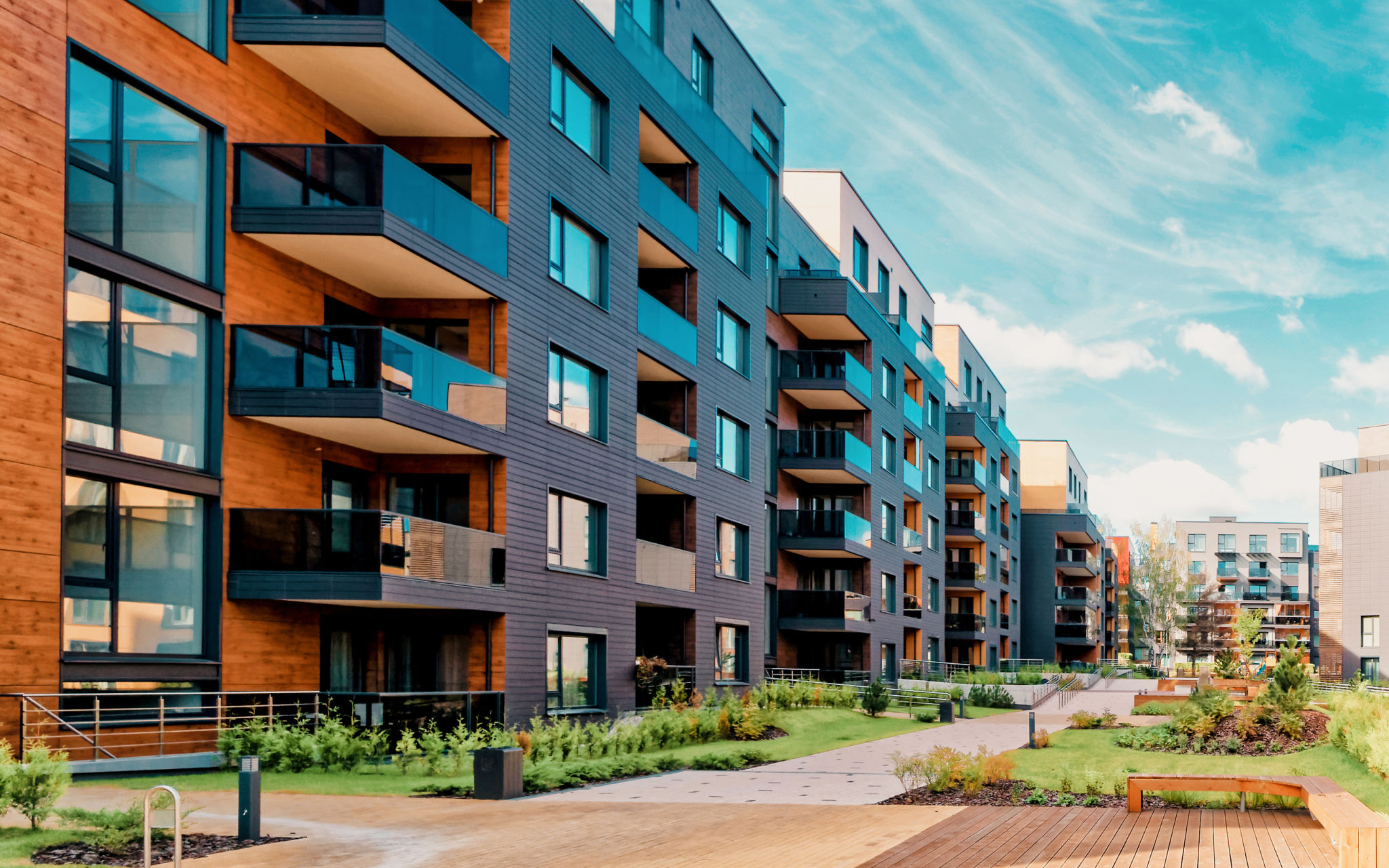Understanding the Residential Plot Development Process in Indore
Introduction to Residential Plot Development
Residential plot development is an intricate process that involves multiple stages, from land acquisition to the final handover of plots. Understanding this process is essential for anyone looking to invest in real estate, particularly in a rapidly growing city like Indore. The city has become a prime destination for residential development due to its strategic location and burgeoning infrastructure.

Land Acquisition and Legalities
The first step in residential plot development is land acquisition. This involves identifying suitable land that meets the requirements for residential development. In Indore, it's crucial to ensure that the land is free from legal encumbrances. Prospective developers must conduct thorough due diligence to verify the land's title and obtain necessary clearances from local authorities. Skipping this step can lead to significant legal challenges down the road.
Planning and Design
Once the land is acquired, the next step is planning and designing the layout of the residential plots. Developers work with architects and urban planners to create a detailed site plan that optimizes land use while providing residents with essential amenities. The design must comply with local zoning regulations and environmental standards, ensuring a balance between aesthetic appeal and functional living spaces.

Infrastructure Development
Infrastructure development is a critical phase in the plot development process. This includes laying down roads, installing drainage systems, and setting up utility services such as water supply, electricity, and sewage. In Indore, developers need to coordinate closely with municipal bodies to ensure that all infrastructure work aligns with city plans and standards. Proper infrastructure not only enhances the value of the property but also ensures the wellbeing of future residents.
Plot Demarcation and Approval
After infrastructure development, the land is demarcated into individual plots. This involves marking boundaries and allocating space for public areas like parks and community centers. Developers must then submit the plot layout for approval from local authorities. In Indore, obtaining approval from the Indore Development Authority is crucial for proceeding with the sale of plots. This step ensures that all regulatory requirements are met.

Marketing and Sales
With approvals in place, developers can begin marketing the residential plots. This phase involves creating a comprehensive marketing strategy to attract potential buyers. In Indore's competitive real estate market, leveraging digital platforms and traditional marketing channels can be highly effective. Providing potential buyers with detailed information about the plots, including their size, location, and available amenities, is essential for successful sales.
Handover and Post-Sale Services
The final stage in residential plot development is the handover of plots to buyers. Developers must ensure that all promised amenities and infrastructure are in place before the handover. Additionally, offering post-sale services such as maintenance and support can enhance buyer satisfaction and foster a positive reputation in the market. In Indore, where customer expectations are high, these services can be a significant differentiator.
Conclusion
Understanding the residential plot development process is key for anyone looking to invest in Indore's real estate market. From land acquisition to handover, each stage requires careful planning and execution. By navigating these steps effectively, developers can create thriving residential communities that meet the needs of modern homeowners while contributing to the city's growth.

